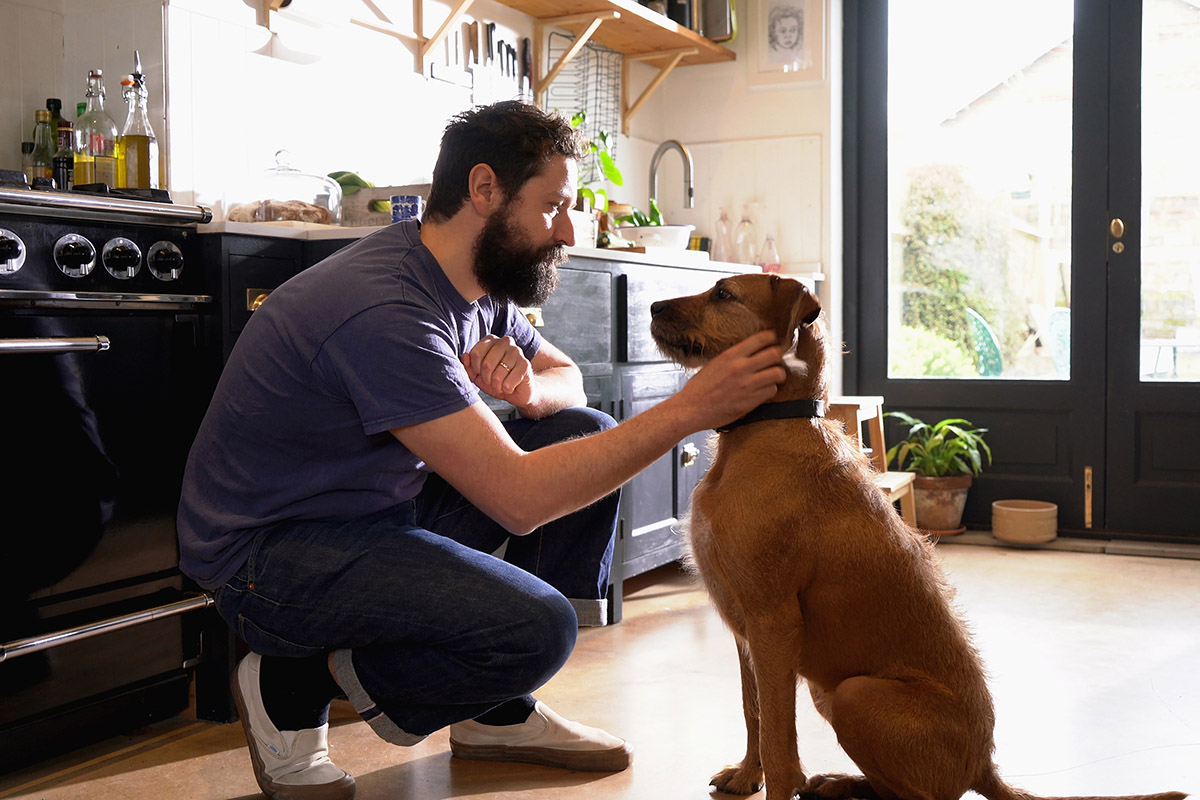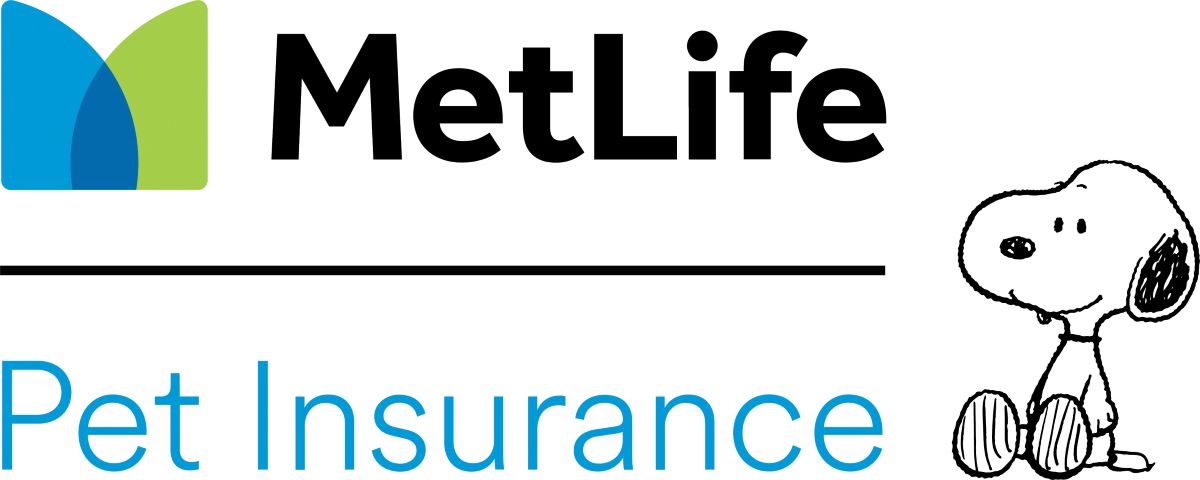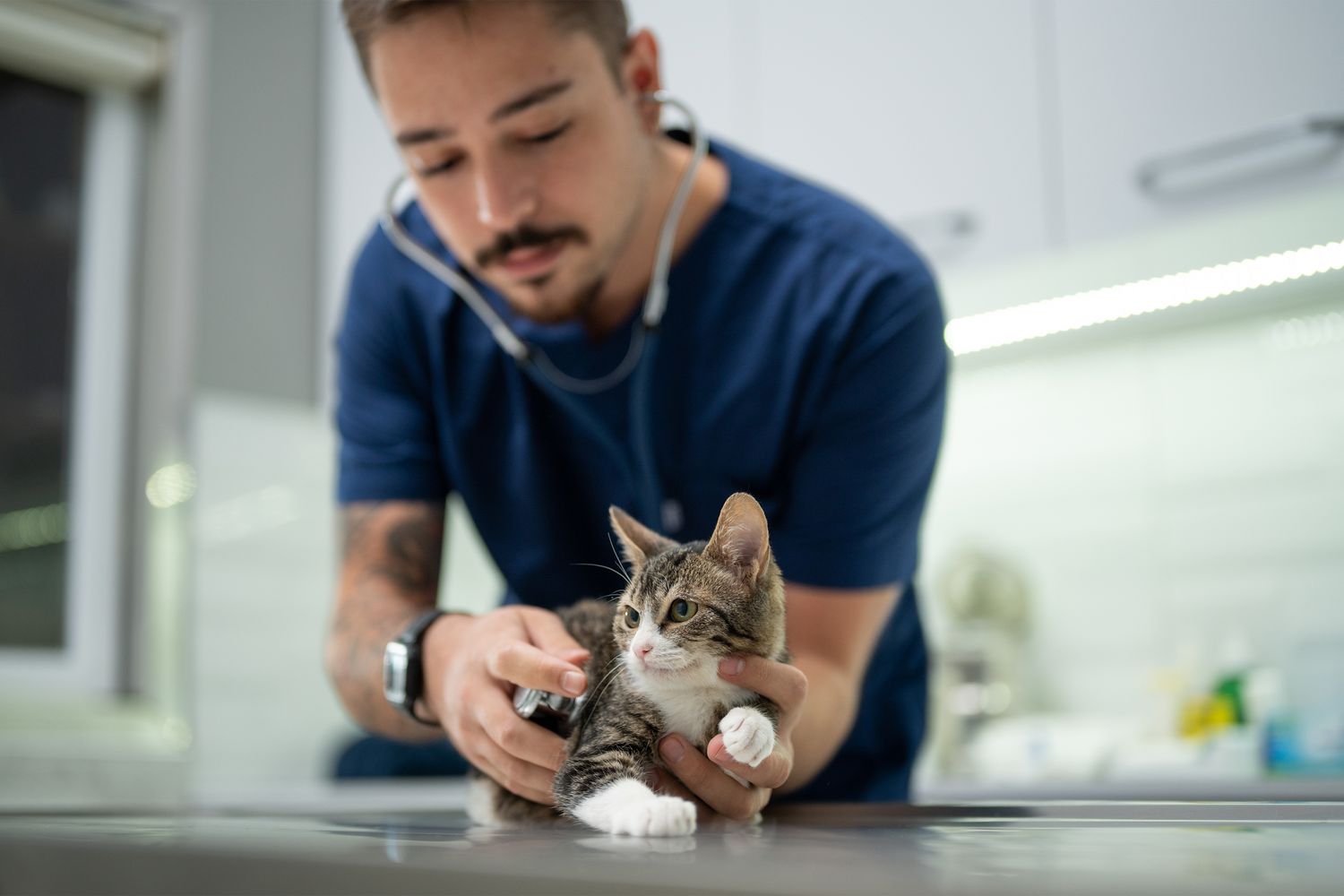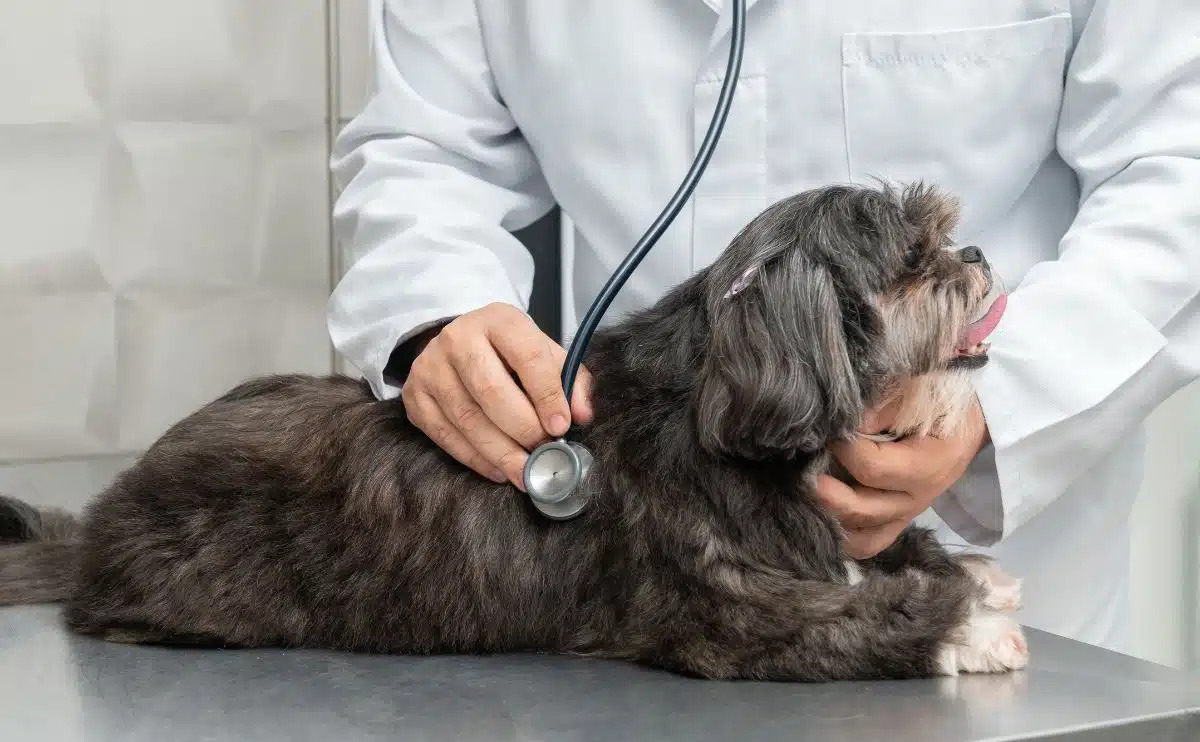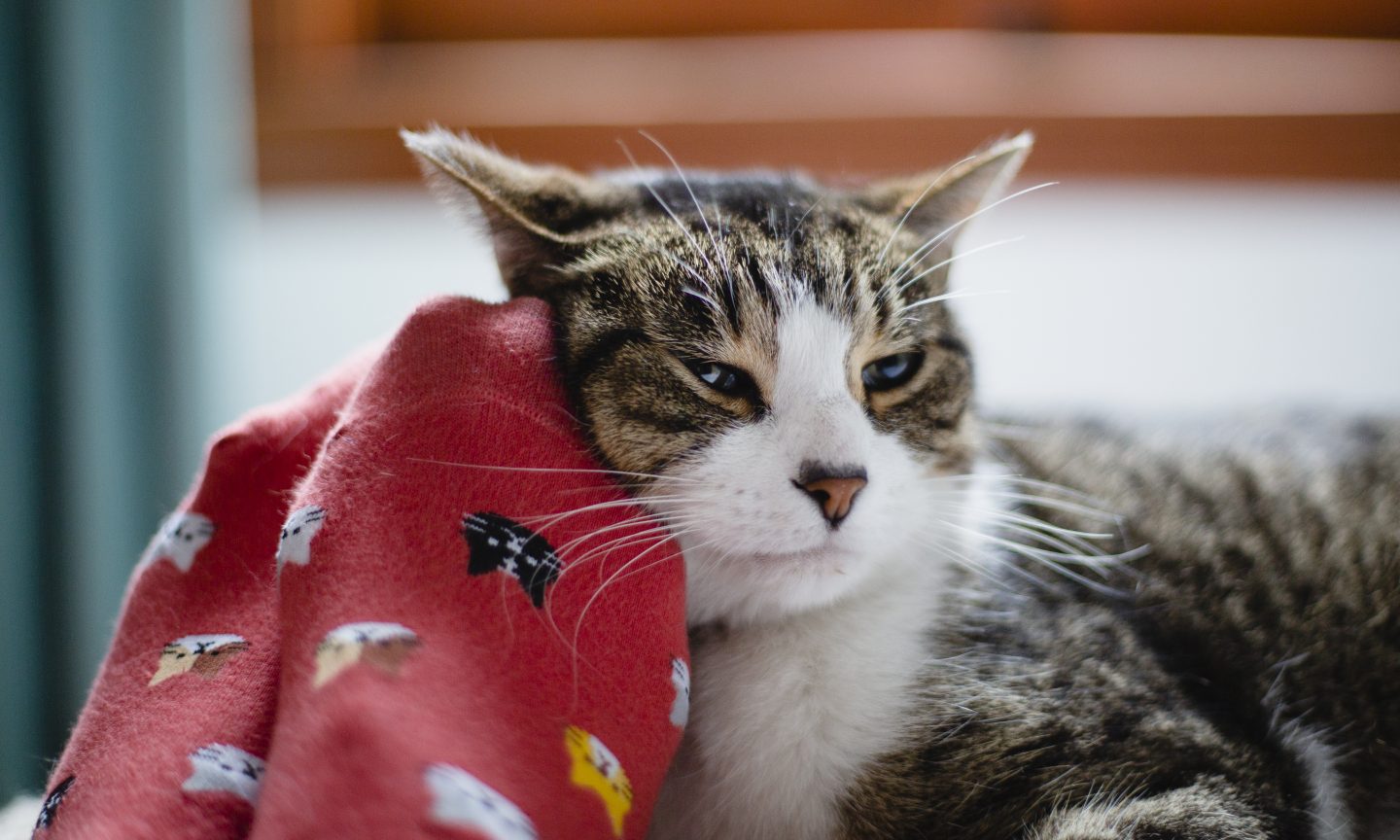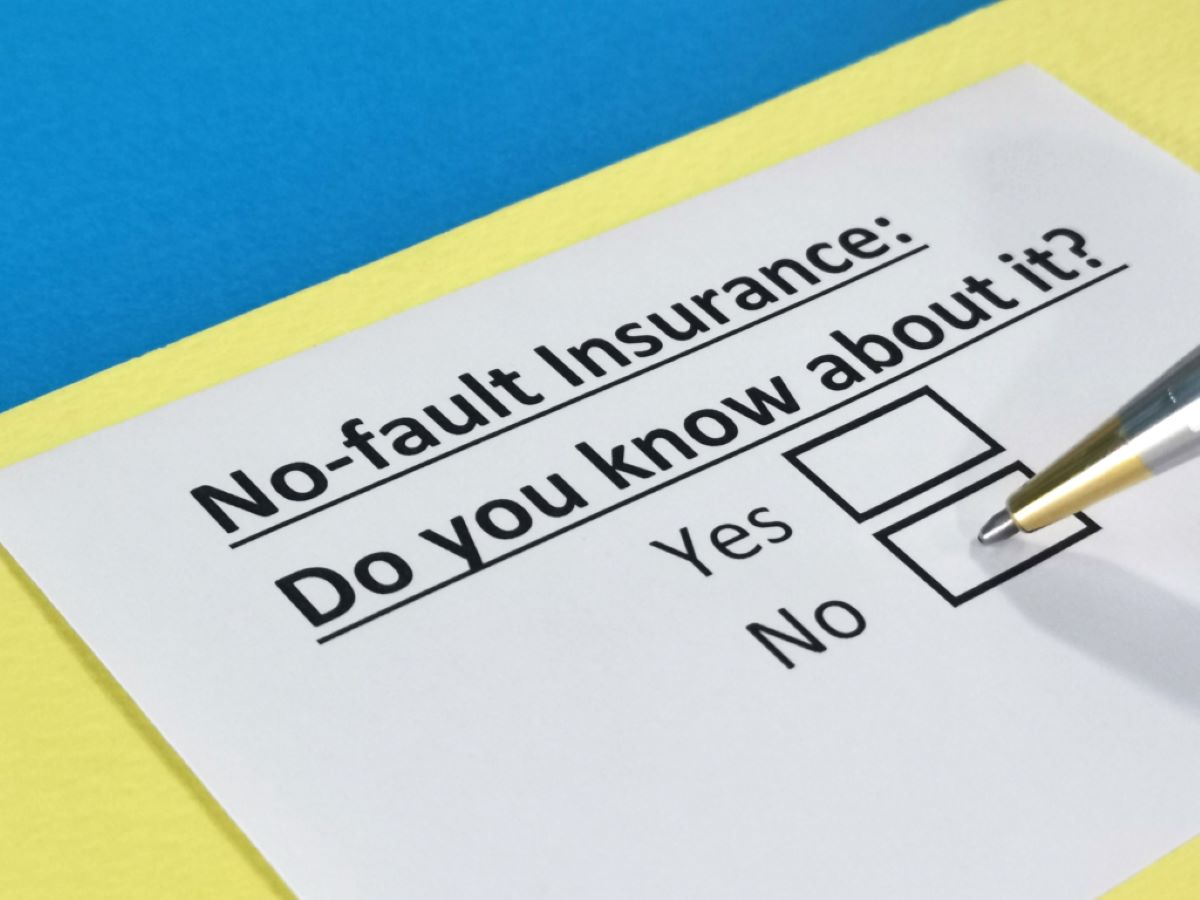

Finance
How Quickly Does Pet Insurance Kick In
Modified: February 21, 2024
Get peace of mind for your pet's health with pet insurance. Discover how quickly your pet will be covered with our finance options.
(Many of the links in this article redirect to a specific reviewed product. Your purchase of these products through affiliate links helps to generate commission for LiveWell, at no extra cost. Learn more)
Table of Contents
Introduction
Welcome to the world of pet insurance! As a pet owner, it’s important to ensure that your furry friend receives the best possible care, and one way to achieve that is through pet insurance. Just like human health insurance, pet insurance provides coverage for veterinary expenses, offering peace of mind and financial support when unexpected medical needs arise.
However, if you’re new to the concept of pet insurance, you might be wondering how quickly it kicks in and when you can start making claims. In this article, we will explore the factors that determine the timeframe for pet insurance coverage to begin and how you can potentially shorten the waiting period.
Before we delve into the specifics, it’s essential to understand how pet insurance works. Pet insurance policies typically involve monthly premiums, deductibles, and a predetermined coverage limit. These policies vary in terms of coverage options, including accident-only coverage, illness coverage, and preventive care coverage.
One key aspect of pet insurance to keep in mind is the waiting period. A waiting period is the time between the policy purchase date and when coverage actually kicks in. During this waiting period, no claims can be made, and any medical expenses incurred for your pet will not be reimbursed.
The waiting period ensures that policyholders do not take advantage of the insurance by purchasing coverage only when their pet is already sick or injured. The length of the waiting period can vary depending on the insurance provider and the type of coverage chosen.
Now that we have a basic understanding of pet insurance and the waiting period, let’s dive into the details of when coverage starts and the factors that affect how quickly pet insurance kicks in.
Understanding Pet Insurance
Pet insurance is designed to help pet owners manage the cost of veterinary care. Just like human health insurance, pet insurance policies provide coverage for a range of medical expenses, including accidents, illnesses, and routine preventive care. By paying a monthly premium, pet owners can have peace of mind knowing that their pet’s healthcare needs will be financially supported.
There are different types of pet insurance coverage options available, and it’s important to choose a policy that aligns with your pet’s specific needs. Some policies cover only accidents and emergencies, while others include coverage for illnesses and even routine wellness care like vaccinations and annual check-ups.
When you purchase a pet insurance policy, you will typically have the option to choose a deductible and a reimbursement percentage. The deductible is the amount you need to pay out of pocket before the insurance coverage kicks in, while the reimbursement percentage is the portion of eligible expenses that the insurance company will reimburse you for.
It’s important to carefully review the policy terms, conditions, and exclusions before choosing a pet insurance plan. Each policy may have specific limitations and restrictions, so make sure you understand what is covered and what is not. It’s also essential to check if there are any waiting periods before the coverage starts.
Keep in mind that pet insurance operates on a reimbursement basis. This means that you will need to pay the veterinarian directly for the services provided, and then submit a claim to the insurance company for reimbursement of the covered expenses. The reimbursement process may vary among insurance providers, so familiarize yourself with their specific procedures.
Understanding the basics of pet insurance is crucial for making an informed decision and ensuring that your pet receives the necessary care in times of need. Now, let’s explore the waiting periods and coverage start dates associated with pet insurance policies.
Waiting Periods
Waiting periods are a standard component of pet insurance policies. They are put in place by insurance providers to prevent fraudulent activity and to ensure that policyholders maintain coverage over an extended period of time. During the waiting period, pet owners cannot make claims for reimbursement.
The length of the waiting period can vary depending on the insurance company and the type of coverage chosen. Common waiting periods range from a few days up to 30 days, although some policies may have longer waiting periods for certain conditions or treatments.
It’s important to note that waiting periods typically apply to both new policies and to any changes made to an existing policy, such as upgrading to a higher coverage level. When you purchase a new policy or modify an existing one, the waiting period will start from the effective date, which is usually the date when the policy is issued or the change is made.
During the waiting period, any illness or injury that occurs to your pet will not be covered by the insurance policy. This means that if your pet requires veterinary treatment during this time, you will be responsible for covering the costs out of pocket.
While waiting periods may seem inconvenient, they serve an important purpose. They help insurance companies manage risk and ensure that pet owners are committed to maintaining coverage for the long term.
It’s also worth noting that waiting periods vary for different types of coverage under a pet insurance policy. For example, the waiting period for accident coverage may be shorter compared to the waiting period for illness coverage. This is because accidents are considered unforeseen events, while illnesses may have a longer diagnostic process or may be pre-existing conditions.
Understanding the waiting periods associated with pet insurance policies is essential for planning and managing your pet’s healthcare needs. It’s important to be aware of the waiting period length and factor it into your decision-making process when choosing or updating a pet insurance policy.
Coverage Start Date
The coverage start date is the date when your pet insurance policy becomes effective and you can start making claims for reimbursement. It’s important to understand when exactly the coverage starts to ensure you know when your pet is protected under the insurance policy.
The coverage start date is typically determined by the waiting period specified in the policy. As mentioned earlier, the waiting period is the designated period of time after purchasing the policy or making changes to it, during which no claims can be made and no reimbursement is provided.
Once the waiting period has elapsed, the coverage start date begins. This means that from this point forward, you can make claims for eligible expenses incurred for your pet’s healthcare.
However, it’s important to note that not all conditions or treatments may be eligible for immediate coverage. Some insurance providers have specific waiting periods for certain conditions or treatments that are considered to be higher risk or pre-existing. These waiting periods may be longer than the standard waiting period for general coverage. It’s crucial to review your policy documentation to understand any specific waiting periods associated with different conditions or treatments.
When looking for a pet insurance policy, it’s important to consider the waiting period and coverage start date. If you anticipate needing coverage for your pet in the near future, you may want to select a policy with a shorter waiting period. This way, you can ensure that your pet is protected and eligible for reimbursement as soon as possible.
It’s also worth noting that coverage start dates may vary depending on the insurance provider. Some companies may have specific policies or requirements that affect when the coverage starts. It’s always a good idea to carefully read the policy terms and conditions or reach out to the insurance company directly to clarify any questions about the coverage start date.
By understanding the coverage start date of your pet insurance policy, you can plan ahead and make informed decisions regarding your pet’s healthcare needs. Be sure to carefully review your policy terms and any waiting periods associated with specific conditions or treatments to ensure you have the coverage you need when you need it.
Factors Affecting How Quickly Pet Insurance Kicks In
Several factors can influence how quickly pet insurance coverage kicks in after purchasing a policy. Understanding these factors will help you manage your expectations and make informed decisions about your pet’s healthcare needs. Let’s explore some key factors that affect the timeline for pet insurance to take effect:
1. Waiting Period: As discussed earlier, waiting periods play a significant role in determining when pet insurance coverage begins. The length of the waiting period varies depending on the insurance provider and the type of coverage you choose. Generally, the longer the waiting period, the longer you have to wait for coverage to kick in.
2. Policy Commencement Date: The day your policy becomes effective is another factor affecting how quickly pet insurance starts. If you purchase a policy and the waiting period is specified as 14 days, for example, your coverage will not start until after those 14 days have passed.
3. Pre-Existing Conditions: Pre-existing conditions can also impact when pet insurance coverage takes effect. A pre-existing condition is any illness or injury that your pet had before enrolling in the insurance policy. Insurance providers often have exclusions for pre-existing conditions, which means they may not provide coverage for such conditions or may have longer waiting periods specifically for pre-existing conditions.
4. The Insurance Company: Different insurance companies may have varying processes and timelines for when coverage begins. It’s essential to understand their specific policies and procedures when it comes to the activation of coverage. Research different insurance providers and read reviews to gain insights into their efficiency and reliability.
5. Policy Upgrades or Changes: If you make changes to your existing policy, such as upgrading the coverage or adding new options, there may be waiting periods associated with those changes. These waiting periods for policy upgrades or changes often start from the effective date of the modification, prolonging the time until the new coverage takes effect.
It’s crucial to carefully review the terms and conditions of the pet insurance policy to understand how these factors will affect when your coverage begins. By doing so, you can make informed decisions and ensure that your pet’s healthcare needs are adequately covered at the earliest possible date.
Shortening the Waiting Periods
While waiting periods are a standard component of pet insurance policies, there are some strategies you can consider to potentially shorten the waiting period and gain coverage for your pet sooner. Here are a few methods to explore:
1. Research Different Insurance Providers: Insurance providers have varying waiting periods for their policies. By researching different providers and comparing their waiting periods, you may be able to find one with a shorter waiting period that aligns with your needs. Read reviews and gather information to ensure that the provider you choose is reputable and trustworthy.
2. Opt for a Lower Coverage Options: Some pet insurance policies offer different levels of coverage. Policies with lower coverage options may have shorter waiting periods compared to higher coverage options. If you’re looking to get coverage for your pet quickly, opting for a lower coverage option may be a viable option.
3. Plan Ahead: If you anticipate needing pet insurance coverage in the near future, it’s wise to plan ahead and purchase a policy well in advance. This way, you can make sure the waiting period has passed by the time your pet requires veterinary care. By being proactive, you can minimize the waiting period and gain coverage sooner.
4. Consider an Accident-Only Policy: Accident-only policies typically have shorter waiting periods compared to comprehensive policies that cover accidents, illnesses, and preventive care. If you’re primarily concerned about accidents and emergencies, an accident-only policy may be a suitable option to gain coverage quickly.
5. Discuss with the Insurance Provider: If you have specific concerns or urgent needs for coverage, it’s worth reaching out to the insurance provider directly. Explain your situation and inquire about any possibilities to expedite the waiting period. While not guaranteed, some insurance providers may be willing to work with you to accommodate your needs.
It’s important to note that shortening the waiting period may not always be possible, as insurance providers have specific policies and procedures in place for risk management. However, by considering these strategies and exploring different options, you may be able to find a policy with a shorter waiting period or plan effectively to ensure coverage is available when your pet needs it most.
Conclusion
Pet insurance can be a valuable investment to protect the health and well-being of your furry friend. Understanding how quickly pet insurance kicks in and when coverage starts is essential for making informed decisions and ensuring that your pet receives timely medical care.
Waiting periods are a common aspect of pet insurance policies. These waiting periods vary depending on the insurance provider and the type of coverage chosen. During the waiting period, no claims can be made, and expenses incurred for your pet’s healthcare are not reimbursed. It’s important to familiarize yourself with the waiting period of your policy to plan accordingly and manage your pet’s healthcare needs.
The coverage start date is determined by the waiting period and can be affected by factors such as pre-existing conditions, the insurance company’s policies, and any policy changes or upgrades. By carefully reviewing your policy and understanding these factors, you can ensure that your pet’s coverage starts at the most optimal time.
While waiting periods are typically non-negotiable, there are strategies you can consider to potentially shorten the waiting period. Researching different insurance providers, opting for a lower coverage option, planning ahead, considering accident-only policies, and discussing with the insurance provider are all tactics to explore.
In conclusion, pet insurance provides peace of mind and financial support for your pet’s healthcare needs. Understanding how quickly pet insurance coverage kicks in and the factors that influence the timeline is crucial for pet owners. By being well-informed and proactive, you can ensure that your beloved pet receives the care they need without delay.

